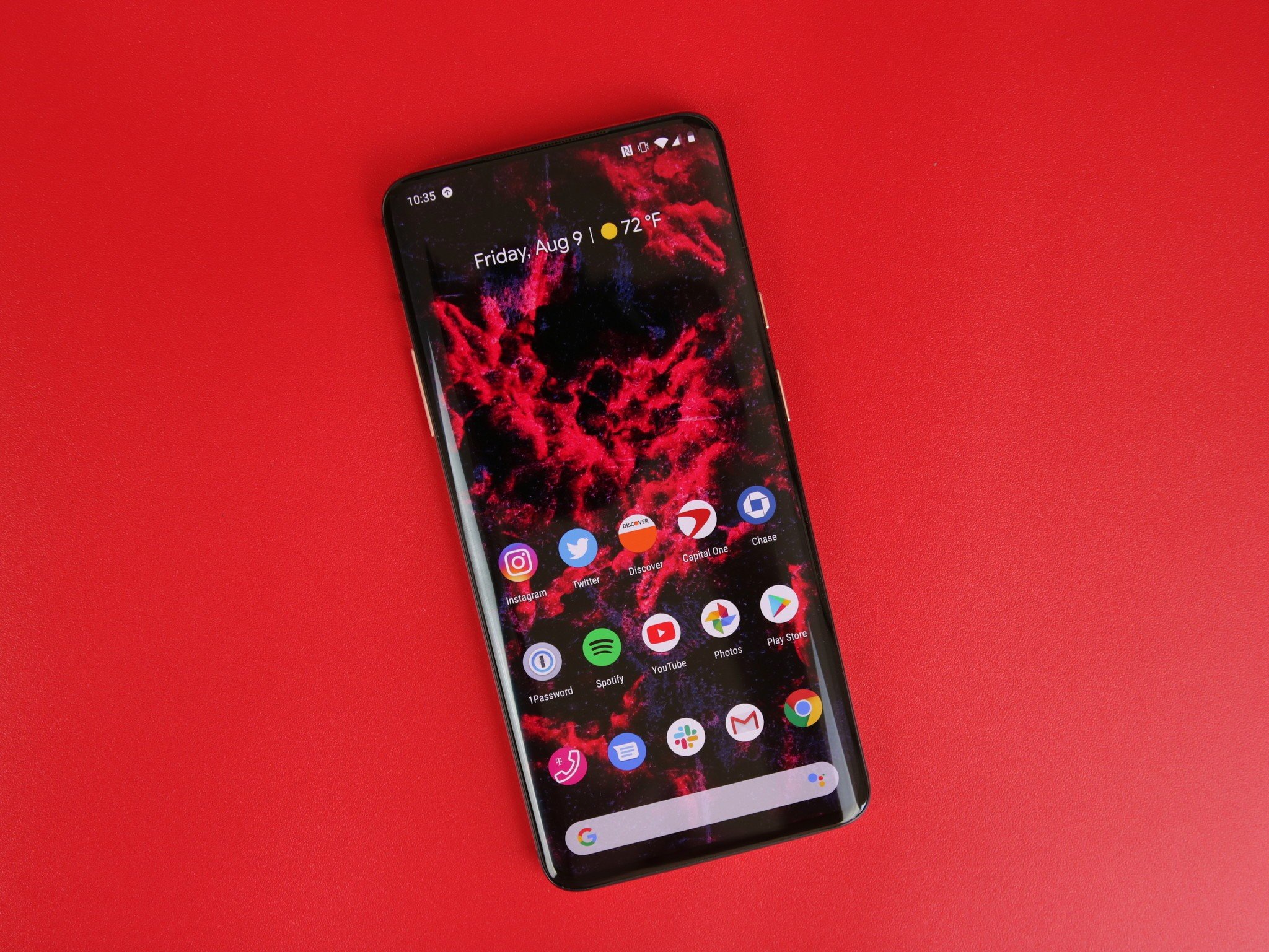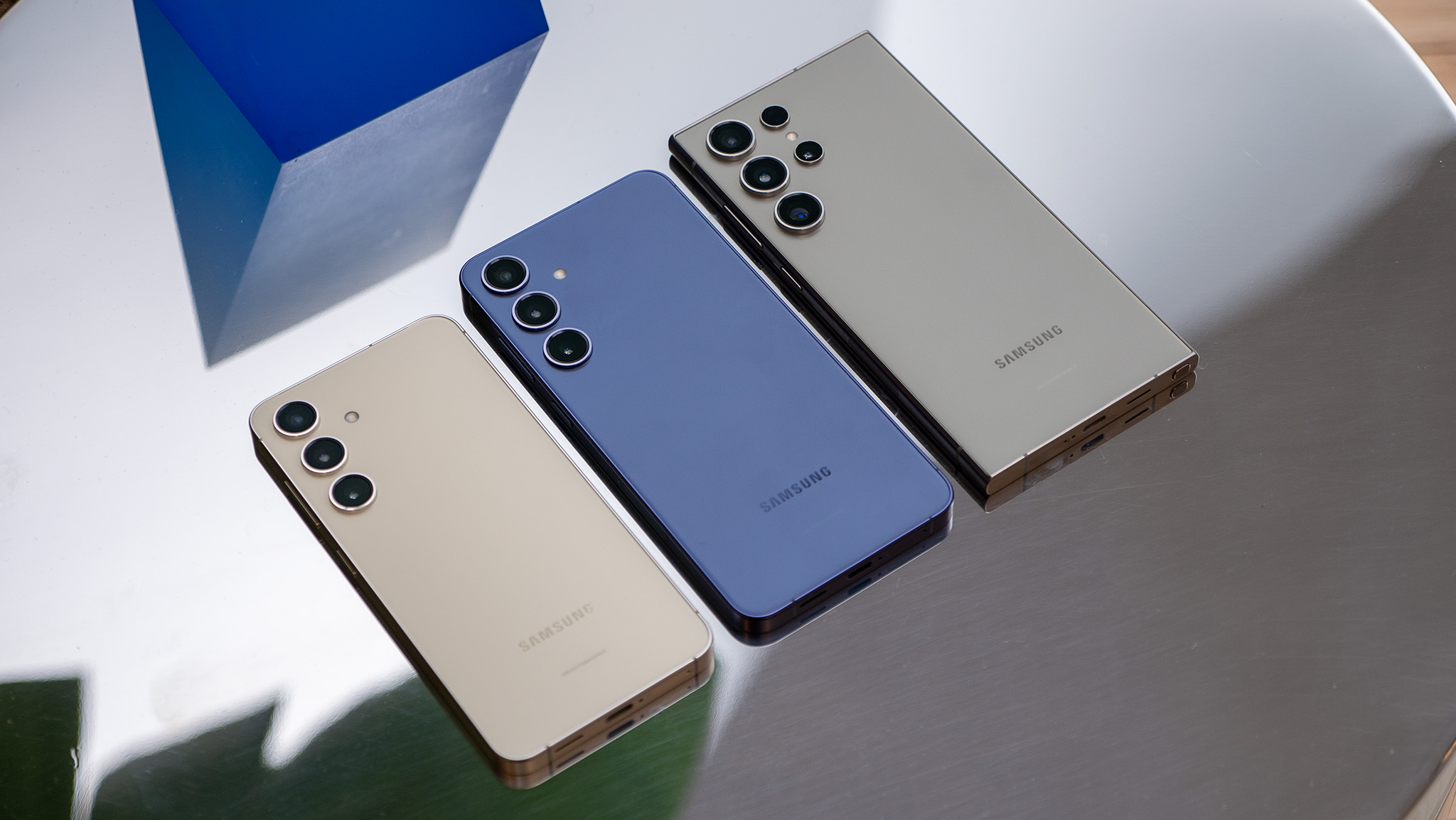When the OnePlus 7 Pro launched back in May, we called it "the best Android phone under $700" with a glowing 4.5 out of 5-star review. However, that was three months ago.
That's not a very long time in the grand scheme of things, but in the smartphone market, it's basically a lifetime. Since then, devices like the ZenFone 6, Redmi K20 Pro, and Galaxy Note 10 have all come out swinging with impressive specs, features, and designs.
It's been exciting to cover all of these new gadgets, but none of them have made me want to let go of the OnePlus 7 Pro. Three months later, it's stronger than ever and has quickly become one of my favorite Android devices in recent memory.
OnePlus 7 Pro Where it still shines
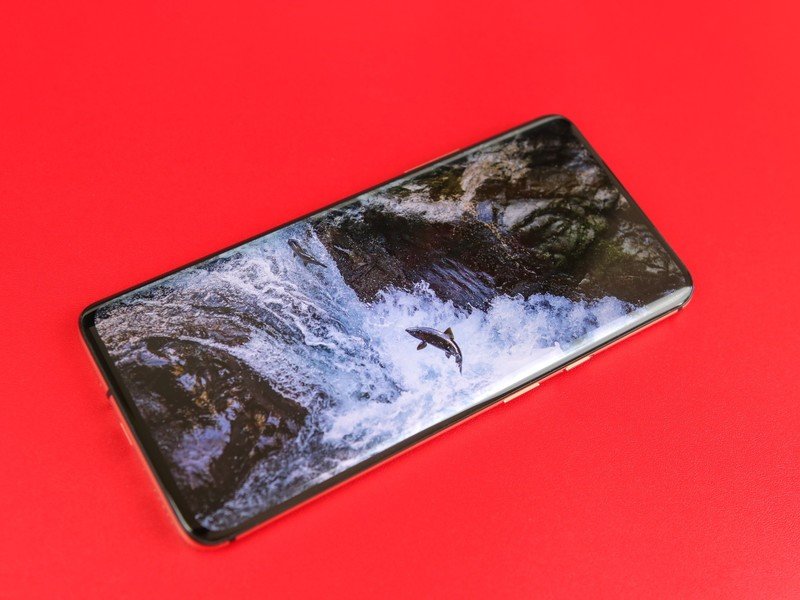
I've been using the OnePlus 7 Pro alongside my iPhone XS (read more about the reasoning for my treason here), and while there are some things I like more about the iPhone, I enjoy using the 7 Pro substantially more. One of the biggest reasons for this is its display.
The Galaxy S10 was my Android phone of choice before the OnePlus 7 Pro, and despite Samsung's years of display prowess, the 7 Pro's screen beats it out in just about every way. For starters, having a display that's truly free of any bezel, notch, or hole-punch cutout is magical.
The display on the OnePlus 7 Pro is one of the best I've ever seen.
Yes, there's technically still a small chin and forehead on the 7 Pro, but this is the largest screen-to-body ratio I've yet to use on a smartphone and I've loved every second of it. It truly feels like you're holding just a screen and nothing else, resulting in a super immersive experience for browsing Twitter, watching YouTube videos, etc.
The quality of the display is excellent as well. This is OnePlus's first phone with a Quad HD+ resolution, and it was worth the wait. Everything on the screen is razor-sharp, colors look fantastic thanks to the AMOLED panel, and it gets plenty bright for my needs (the lowest brightness level is also wonderfully dim for late-night use).
However, as I'm sure you've heard by now, the real star of the show is the 90Hz refresh rate on the display.
This means that the 7 Pro's screen refreshes with 30 extra frames each second compared to most other phones, and while that may not sound like much on paper, the end result is it being the fastest-feeling phone I've ever owned.
Web browsers, apps, general navigation of the UI — basically everything you can do on a phone feels faster on the OnePlus 7 Pro. On top of that, the faster animations are buttery smooth, resulting in an experience that's as pleasing on the eyes as it is technically impressive. Because of the OnePlus 7 Pro, it's now painful to go back and use any phone with the traditional 60Hz refresh rate.
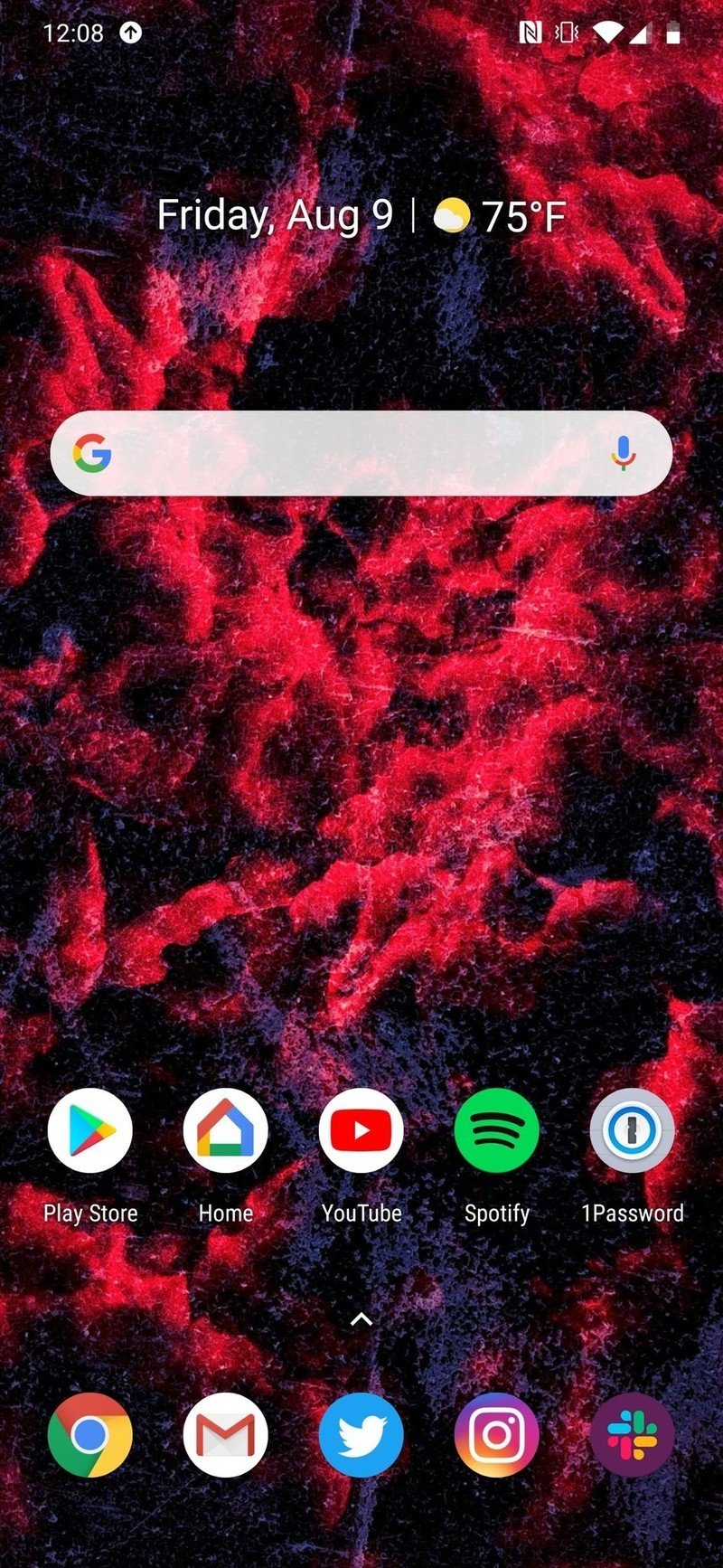
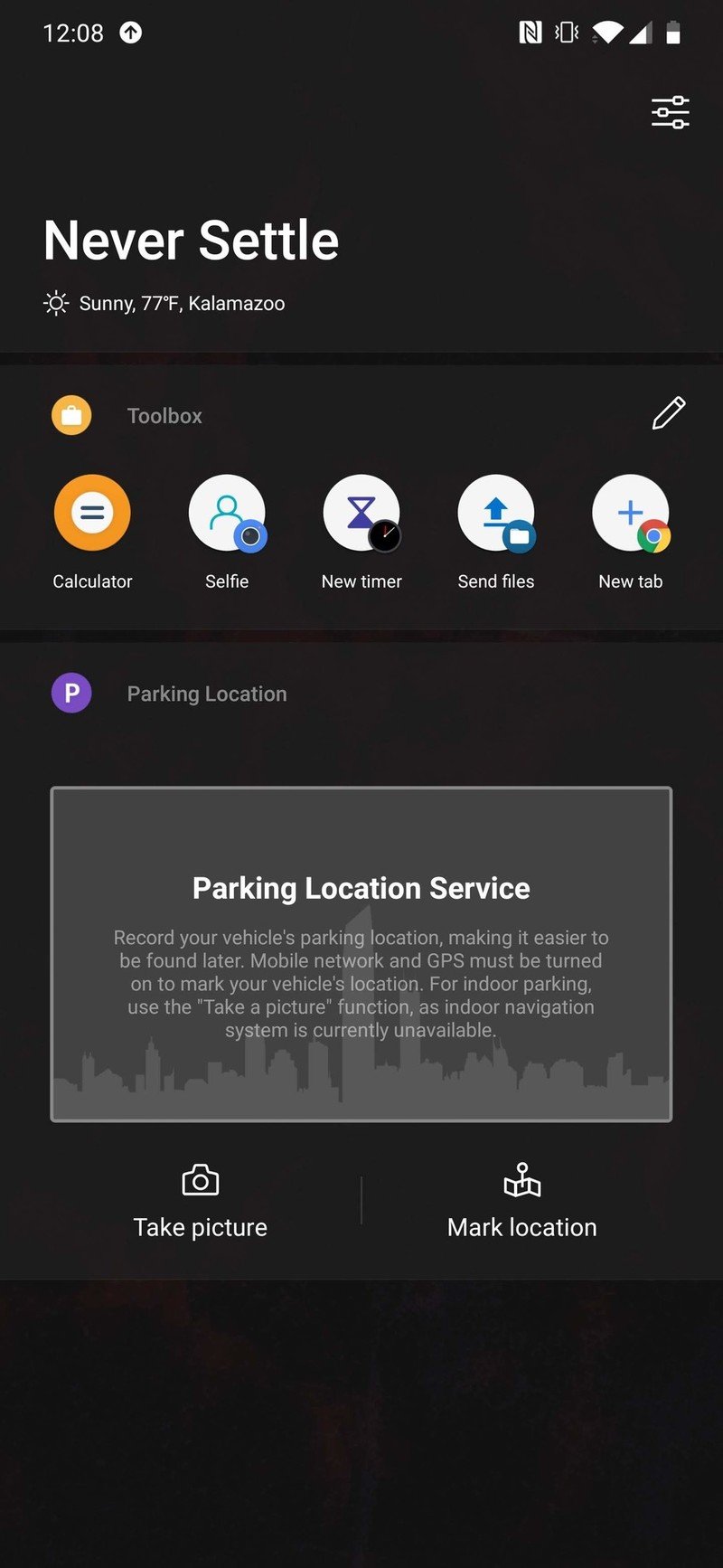
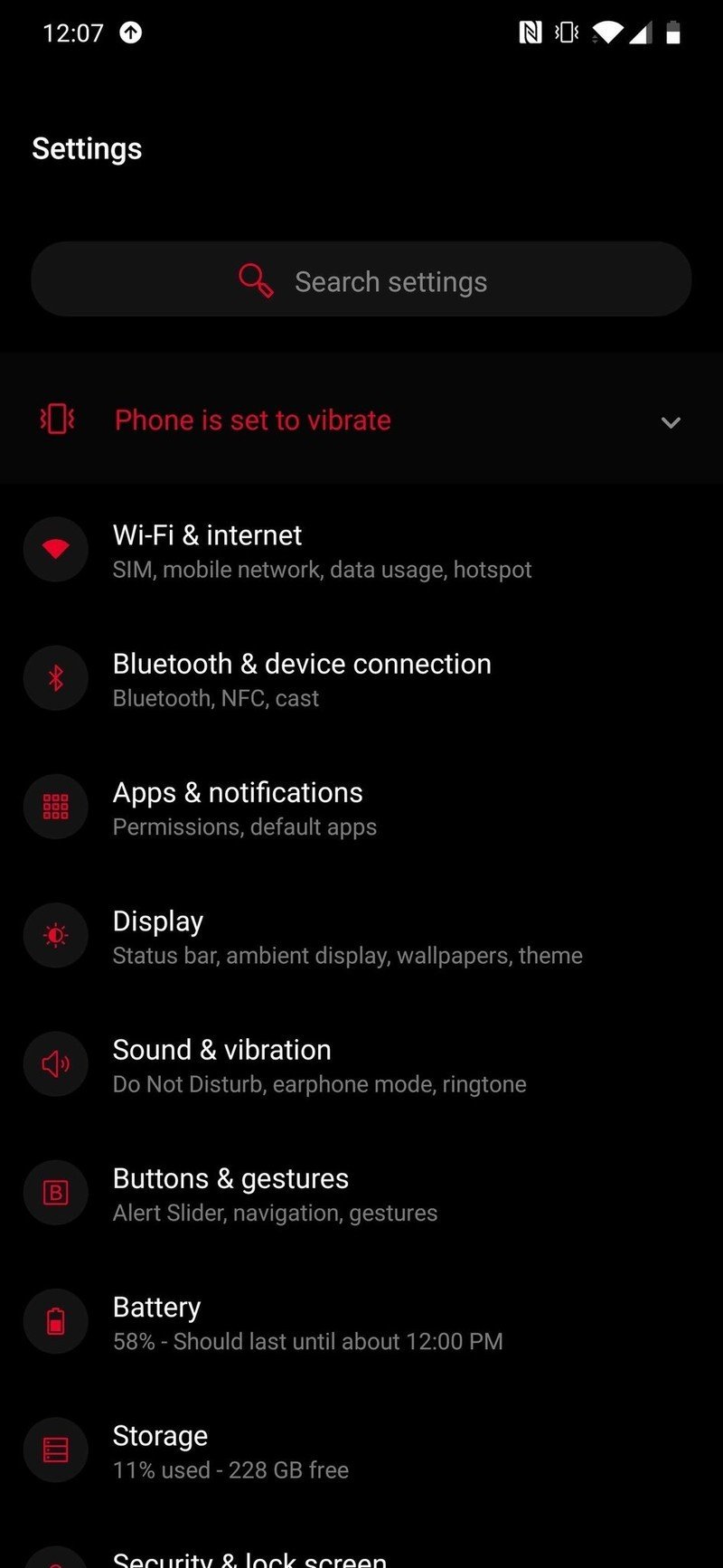
Along with the display, something else that contributes to the OnePlus 7 Pro's speed is its processor and RAM. The combination of the Snapdragon 855 and 8GB of RAM is a tour de force, and I'm happy to mimick Andrew's initial praise of the 7 Pro's speed after months of regular use. Even with over 100 apps installed, running a third-party launcher, and a constant stream of notifications, the OnePlus 7 Pro refuses to slow down. No matter how much of a self-proclaimed power user you are, this is a phone that can still withstand anything.
Another aspect of the OnePlus 7 Pro that continues to stand out to me is its software. I've always been a massive fan of OxygenOS, and OnePlus has continued to tweak and refine it into what's become my favorite Android interface — even beating out what Google offers on its Pixel phones.
The UI is as clean as can be, the theming engine works wonderfully, and I genuinely appreciate some of the added features like Reading Mode. I do wish that there was an option to have the dark them turn on automatically at night, but other than that, I really don't have anything to complain about on the software front.
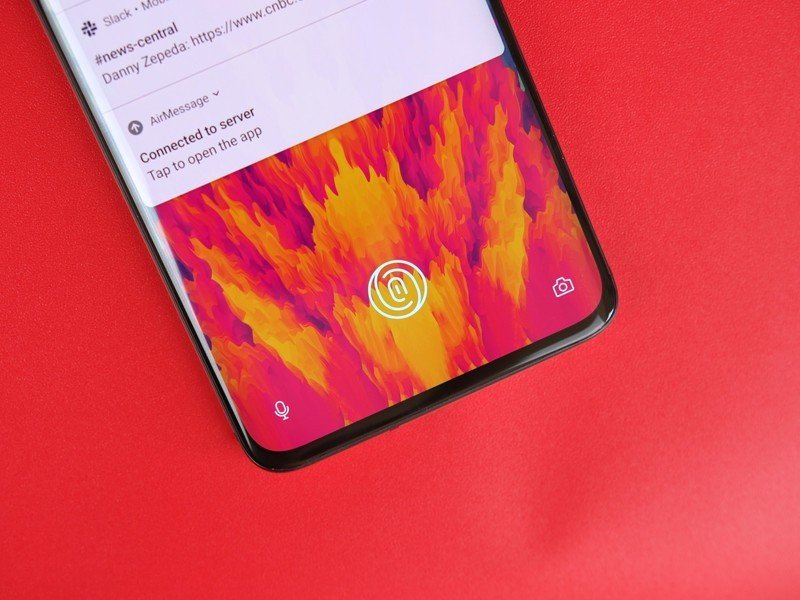
On that note, OnePlus has absolutely killed it when it comes to software updates. It seems like there's a new update for this phone every other week, adding a new feature or fixing a host of bugs gathered from community feedback. The amount of software support the 7 Pro's seen these past few months is incredible. Not, it remains to be seen if OnePlus can maintain that level of commitment when the 7 Pro's successor is inevitably released later this year.
Finally, a few other random bits worth mentioning:
- The pop-up selfie camera has held up perfectly fine. I don't take many selfies, but for those times when I want to use the face unlock feature, it's fast to pop up and retract. I'll be keeping an eye on its durability as more time passes, but right now, it's working just as well as it was from day one.
- For my use, battery life is solid. I never have a problem getting through a full day, and while it certainly doesn't have the longest endurance out there, OnePlus's Warp Charge more than makes up for this.
- As someone that was seriously put off by the Galaxy S10's in-screen fingerprint sensor, I've been pleasantly surprised with how well the 7 Pro's works. It's fast, accurate, and has finally made me a supporter of the in-screen sensor.
- This is the best haptic feedback to ever exist in a OnePlus product and I couldn't be happier about it.
OnePlus 7 Pro Where it falls flat
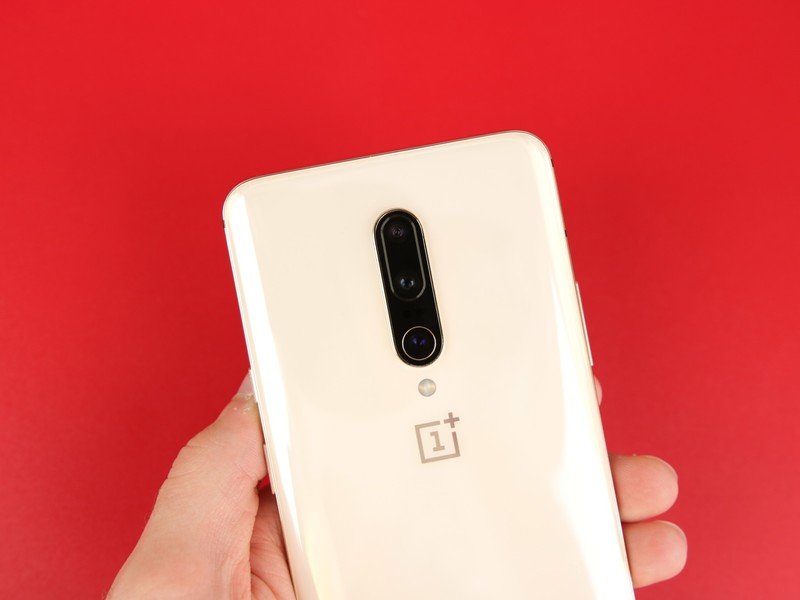
As well as the 7 Pro has held up, there are a few pain points I've had with the phone since day one that continue to annoy me. One of these is something OnePlus can't fix no matter how many software updates it rolls out, and that's the phone's size.
The OnePlus 7 Pro is too damn big. The 6.67-inch display is an excellent canvas for media consumption, but when you add it together with the 162.6mm height and hefty weight of 206g, it ends up being quite cumbersome.
The OnePlus 7 Pro is too damn big.
Using the phone with one hand requires 10/10 thumb gymnastics, typing isn't comfortable due to the excess weight, and a someone that's awful with pinky-propping, this is the one phone I have that makes me consciously aware of how bad of a habit it really is (please don't yell at me, Ara).
Sure, I've gotten accustomed to the OnePlus 7 Pro's size and learned how to manage it day in and day out, but not a day goes by where I don't wish OnePlus had made it smaller.
Also, you know how much praise I gave for the 7 Pro's bezel-less display? As impressive as it is, there is one aspect of it that I can't stand — the curved edges.
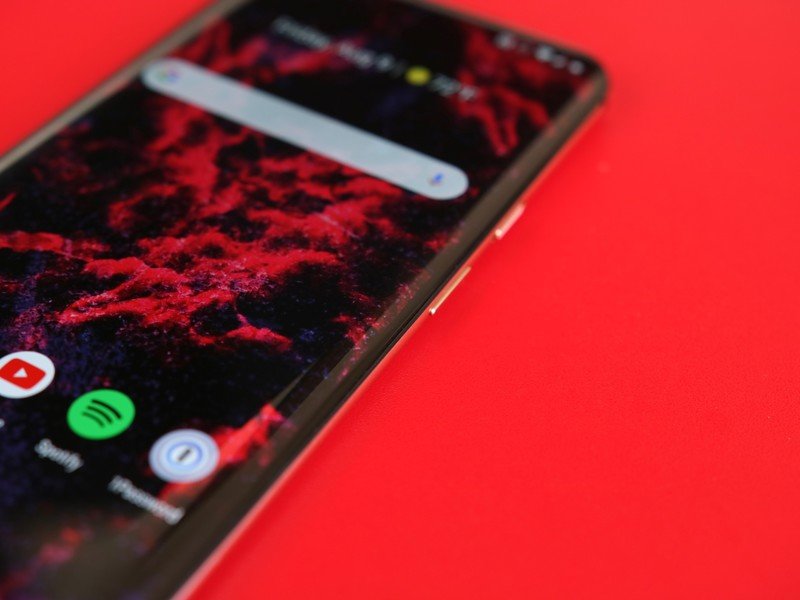
OnePlus decided to follow the likes of Samsung and Huawei by curving the edges of the 7 Pro's screen, and while it undoubtedly looks gorgeous, it's also a usability nightmare. I can't tell you how many times I've accidentally skipped ahead in a YouTube video because I picked the 7 Pro up from a table and my skin touched the curved edges of the screen. OnePlus has supposedly addressed this with software updates, but I've yet to see any noticeable improvements.
Speaking of software updates, this is also something OnePlus has used since the 7 Pro's release to improve its camera performance. One of the meatier camera updates was rolled out to users in June, and in Andrew's testing, he found that the 7 Pro's camera had been noticeably improved but still trailed behind some of its competitors.
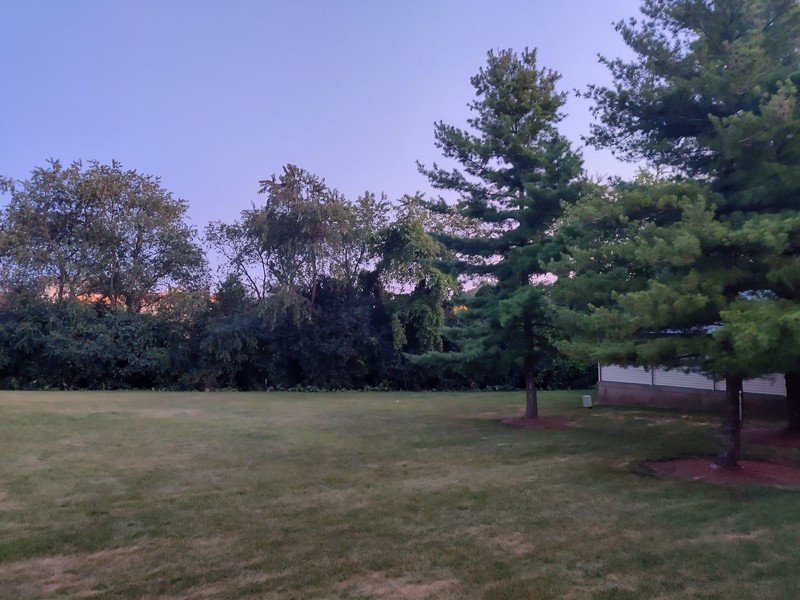
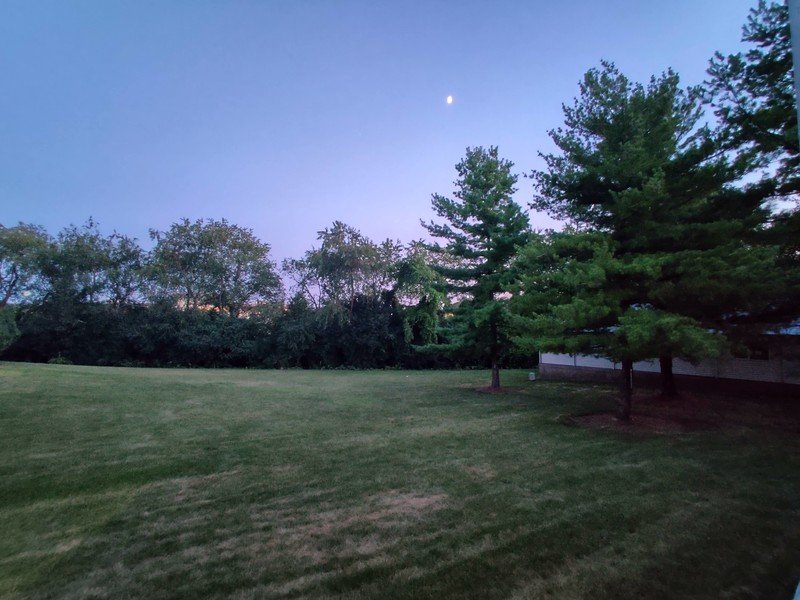

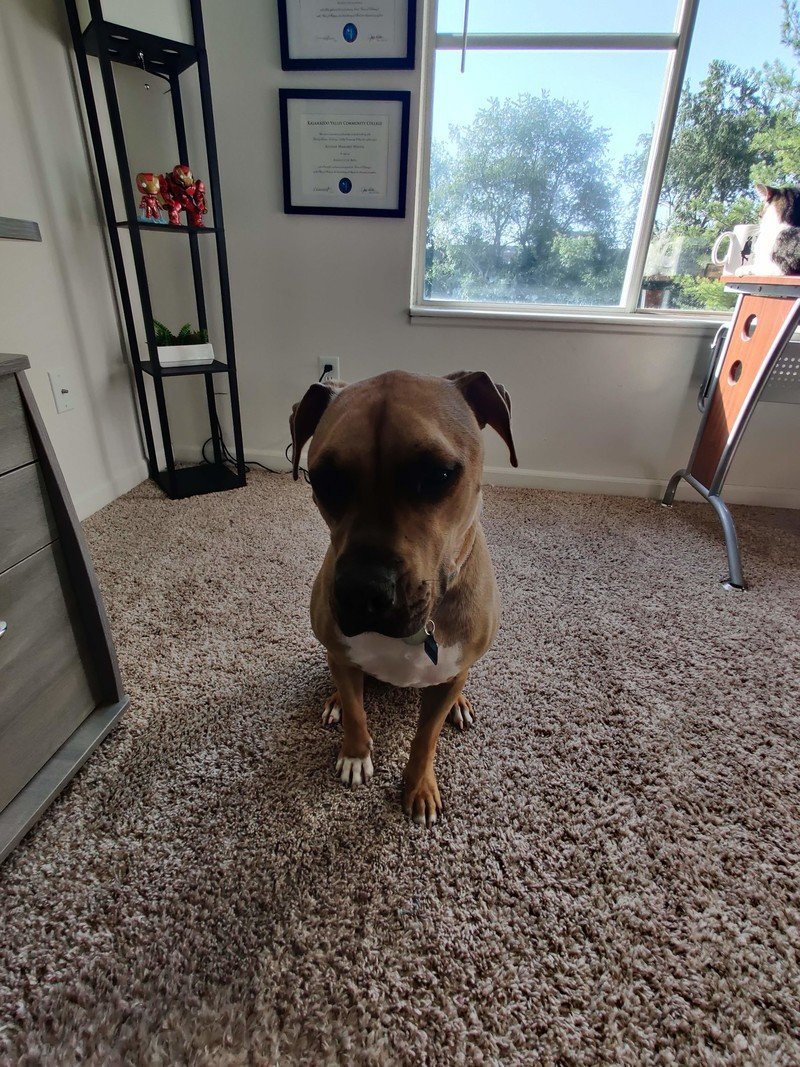
I don't take a ton of pictures with my phone, but in my experience shooting with the 7 Pro, I can echo Andrew's conclusion on the camera front. The main camera is capable of some solid pictures, although it does still struggle in low-light situations. The rear and telephoto cameras are a lot of fun to have, but the noticable decrease in quality remains.
This camera package offers a lot of versatility and is more than adequate for folks that just plan on uploading to Twitter, Instagram, and Snapchat, but considering that the Pixel 3a costs nearly $300 less and takes overall better pictures, the 7 Pro does continue to disappoint in these regards.
OnePlus 7 Pro Three months later
Three months later, the OnePlus 7 Pro is still shining bright. Its display stands out as one of the best on the market, performance is among the fastest you'll find, and its software is free of bloat and supported by regular updates. The 7 Pro is a flagship phone through and through, and the fact that it just happens to have a starting price of $669 is icing on the cake.
4.5 out of 5
As for if right now is a good time to buy the phone, that kind of depends on what you're after. We expect OnePlus to release a slightly upgraded version towards the end of the year in the form of the OnePlus 7T Pro, but details on how it'll differ remain unclear. Google's also gearing up to launch the Pixel 4 this fall, and with a 90Hz display rumored to be in its spec sheet, could give OnePlus a run for its money.
However, therein lies the problem with the waiting game. You can always wait for something newer and shinier to come out, but then you'll never end up getting anything. Buy the OnePlus 7 Pro with confidence, enjoy the heck out of it, and let me know in the comments below how you like the phone if you already own it.
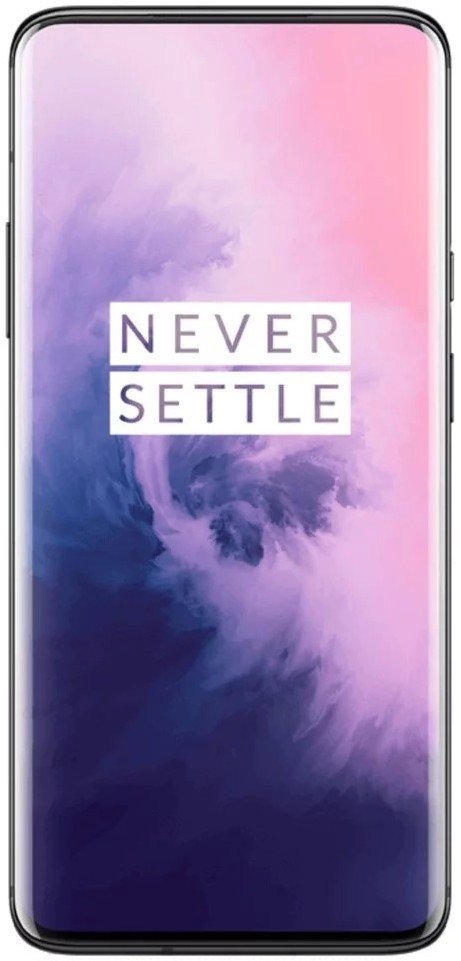
Still going strong three months later.
Three months after it was released, the OnePlus 7 Pro holds up as something special in the smartphone market. The design, display, horsepower, and software are all first-class, and with a price tag that's hundreds of dollars less than what Samsung and Apple are asking for their flagships, is a serious bargain.
Joe Maring was a Senior Editor for Android Central between 2017 and 2021. You can reach him on Twitter at @JoeMaring1.
